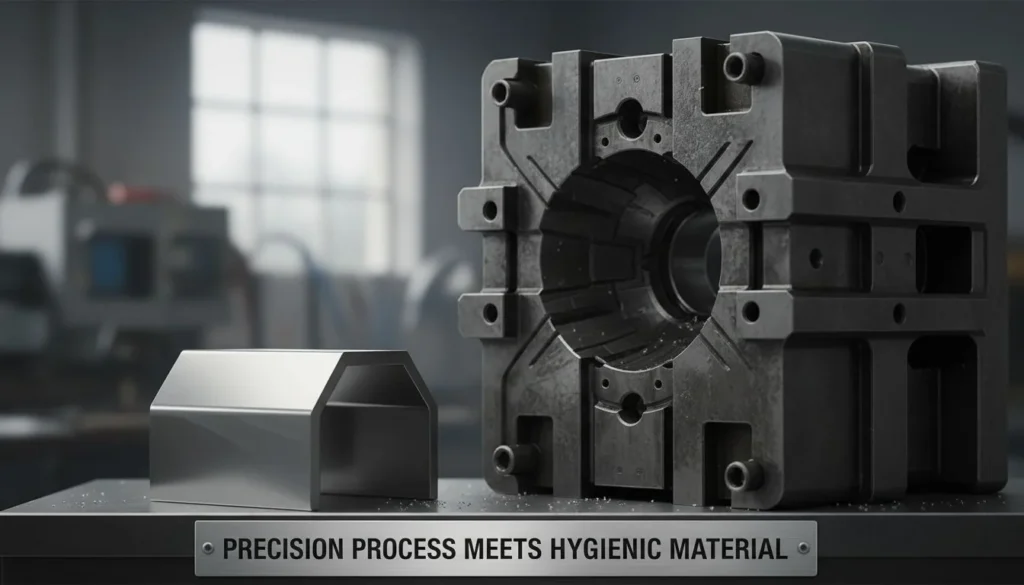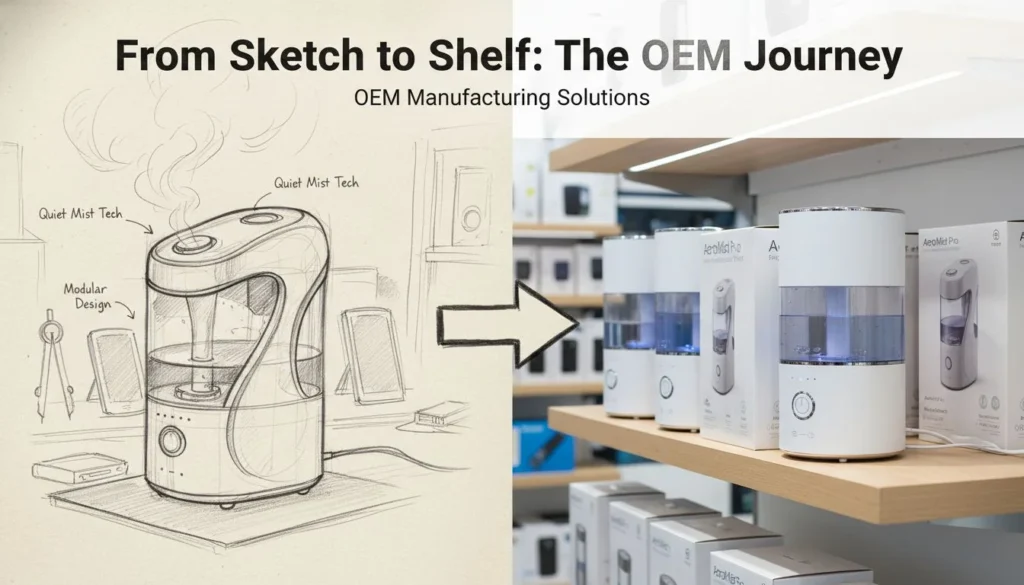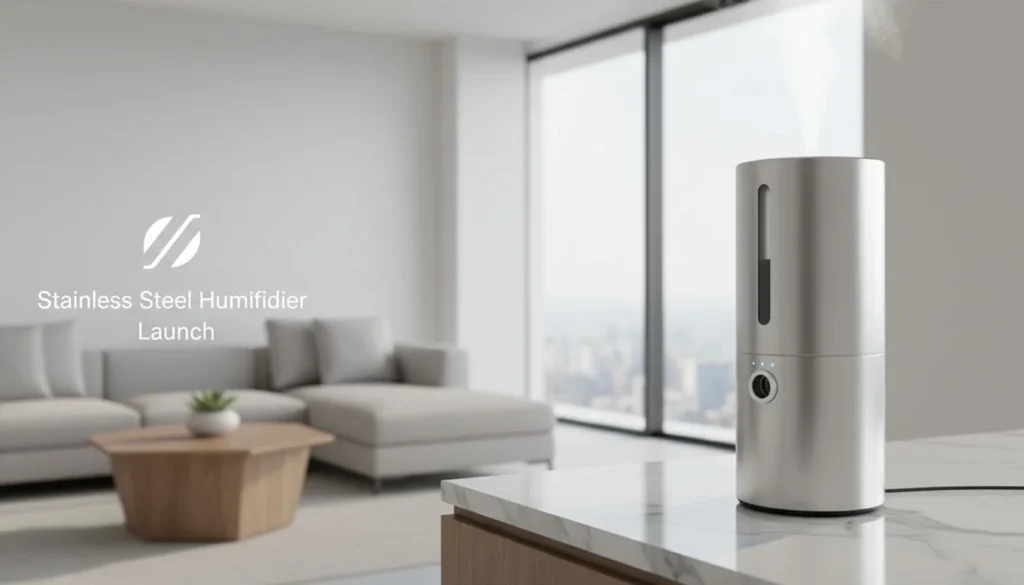
Ever found yourself standing at the crossroads of creating or manufacturing air purifiers, curious about how long the OEM/ODM journey takes?
The OEM/ODM process for air purifiers generally takes between 3 to 6 months. This timeframe varies based on design complexity, partner expertise, and effective communication. Key stages include design, prototyping, testing, and production management.
While this overview provides a basic timeline, understanding each stage in detail is crucial to streamline processes and avoid delays. Explore the following sections for deeper insights into optimizing your air purifier's development and manufacturing timeline.
The OEM/ODM process for air purifiers takes 3-6 months.True
The timeline varies based on design complexity and partner expertise.
How Does the OEM Process Differ from the ODM Process?
Navigating the OEM and ODM processes can be complex, especially when manufacturing air purifiers. Understanding the distinctions is key to success.
The OEM (Original Equipment Manufacturer) process involves producing products based on a client's specifications, while the ODM (Original Design Manufacturer) process offers design and manufacturing services for products conceived by the manufacturer. The choice between OEM and ODM depends on the level of control desired over design and production.
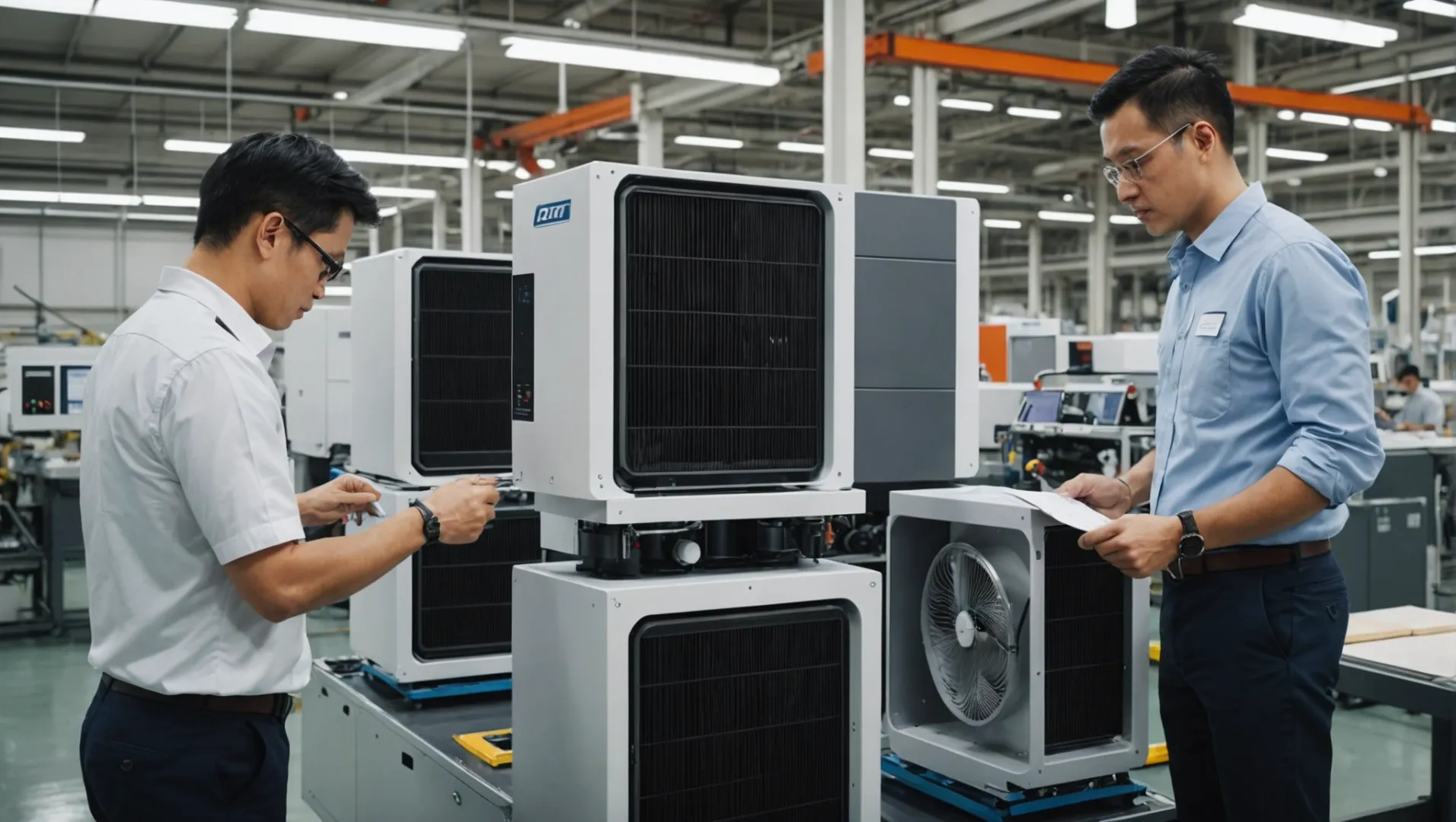
Understanding OEM: Original Equipment Manufacturing
The OEM process1 is often preferred by companies that have a specific product design but lack the capability or resources to manufacture it themselves. The primary advantage of this approach is that it allows companies to maintain complete control over the design and specifications of their product.
- Control Over Design: OEM clients provide detailed specifications, ensuring their vision is realized without alteration.
- Customization: Products are tailored to the client's requirements, ideal for companies with unique product needs.
- Brand Focus: The client’s brand is prominently featured, which is vital for companies with strong brand identities.
Example Scenario: A company designs an innovative air purifier with proprietary technology and partners with an OEM to manufacture it, ensuring quality and brand integrity.
Exploring ODM: Original Design Manufacturing
On the other hand, the ODM process2 suits businesses that may not have specific product designs and are looking for comprehensive solutions, including product design and manufacturing.
- Design Expertise: ODMs provide design services, offering pre-existing designs or working collaboratively on new ones.
- Speed to Market: Because designs are often ready-made, products can hit the market faster than with OEM.
- Cost Efficiency: Utilizing an ODM can be cost-effective, as design costs are spread across multiple clients.
Example Scenario: A startup wants to enter the air purifier market quickly and chooses an ODM with a proven design that aligns with their brand aesthetics.
Key Differences at a Glance
| Feature | OEM | ODM |
|---|---|---|
| Control Over Design | High | Medium to Low |
| Customization Level | Full | Limited |
| Speed to Market | Variable | Typically Faster |
| Cost | Higher Initial Investment | Generally Lower |
Choosing Between OEM and ODM
Deciding between OEM and ODM depends on your business goals, budget, and the level of customization needed. If control over every detail is crucial, OEM is likely the better choice. However, if time-to-market and cost are significant factors, considering an ODM3 might be advantageous.
Regular communication and project management are critical in both processes. Weekly meetings and factory tours can provide insights into production progress and potential challenges.
OEM provides full control over product design.True
OEM allows clients to specify every detail of the product.
ODM is typically slower to market than OEM.False
ODM often uses ready-made designs, speeding up market entry.
What Are the Key Stages in Air Purifier Product Development?
Embarking on air purifier product development requires a clear understanding of the essential stages involved.
The key stages in air purifier product development include concept design, prototyping, performance testing, validation, and production planning. Each stage plays a crucial role in ensuring that the final product meets quality standards and market demands.

Concept Design and Ideation
The initial stage involves brainstorming and developing a conceptual framework for the air purifier. This includes defining the target audience, identifying unique features, and outlining technical specifications. Collaboration with experienced designers and engineers can significantly enhance the ideation process, ensuring that innovative concepts are both practical and feasible.
Prototyping
Once a solid concept is established, the next step is to create a prototype. This tangible representation allows developers to assess the design's practicality and functionality. During prototyping, consider involving cross-functional teams to evaluate different aspects such as usability, aesthetics, and durability. Iterative testing and feedback during this stage can refine the design before moving forward.
Performance Testing
Performance testing is essential to validate that the air purifier meets regulatory standards and customer expectations. Conducting lab tests early on helps identify potential issues that could lead to performance failures later. By investing in comprehensive testing protocols, you can save time and resources in the long run by avoiding costly redesigns or recalls.
Understanding regulatory requirements4 is also critical during this stage to ensure compliance with industry standards.
Validation and Iteration
After initial testing, further validation is necessary to fine-tune the design. This involves gathering user feedback, conducting environmental impact assessments, and evaluating energy efficiency. The iterative process ensures that all identified issues are addressed before proceeding to mass production.
Production Planning
The final stage involves detailed planning for production. This includes setting timelines, securing materials, and organizing a project management team to monitor progress. Regular meetings with stakeholders can help maintain alignment and address any emerging challenges promptly.
Exploring efficient production strategies5 can be beneficial for optimizing manufacturing processes.
Understanding these stages allows businesses to strategically plan their development cycle, enhancing both product quality and time-to-market efficiency.
Prototyping is the first stage in air purifier development.False
Concept design precedes prototyping in product development.
Performance testing ensures compliance with industry standards.True
Testing verifies that the product meets regulatory and customer expectations.
How Can You Speed Up the Air Purifier Manufacturing Process?
Speeding up air purifier manufacturing requires strategic planning and efficient execution at each stage.
To expedite air purifier manufacturing, focus on choosing experienced partners, streamlining communication, rigorous early-stage testing, and effective project management.
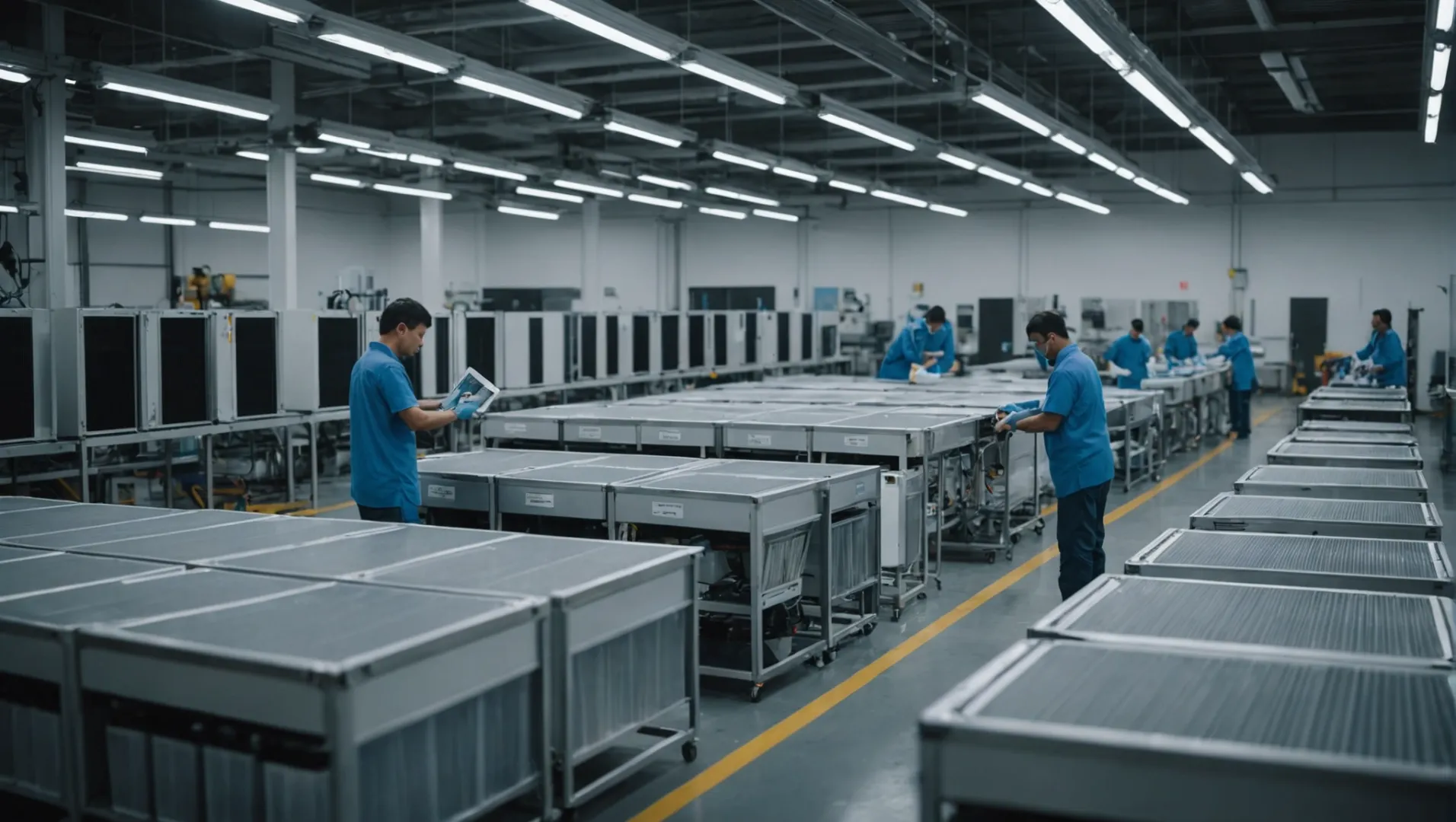
Partner with Experienced Manufacturers
Choosing a manufacturer with extensive experience in Original Design Manufacturing6 (ODM) or Original Equipment Manufacturing7 (OEM) processes can significantly cut down on time. An experienced partner will have established protocols, reducing the learning curve and potential for errors.
Streamline Communication
Communication costs can be a bottleneck. Establish clear communication channels and schedules. Weekly meetings are crucial for aligning goals and updating progress. Consider using project management tools to facilitate information flow and ensure all stakeholders are on the same page.
Implement Rigorous Early-Stage Testing
Early performance validation through lab testing can prevent future delays. Catching design flaws early helps avoid failures during production runs. Investing in thorough testing at the beginning saves time and resources by ensuring the product meets required standards.
Effective Project Management
A dedicated project management team is vital. They should monitor timelines, manage resources, and anticipate potential delays. Implementing a project management framework8 helps maintain efficiency and coordination throughout the manufacturing process.
Conduct Regular Factory Tours
Regular factory tours ensure that the manufacturing process aligns with design specifications. They offer a chance to spot any inefficiencies on the production floor and make real-time adjustments.
| Stage | Key Action |
|---|---|
| Partner Selection | Choose experienced partners |
| Communication | Establish clear schedules and tools |
| Testing | Validate early through rigorous testing |
| Management | Implement project management frameworks |
| Factory Tours | Conduct regular checks for efficiency |
Experienced manufacturers reduce production time.True
They have established protocols that minimize errors and delays.
Weekly meetings slow down manufacturing processes.False
Regular meetings align goals and update progress, enhancing efficiency.
Why Is Performance Testing Crucial in Early Development?
Discover why performance testing can be the make-or-break factor in early product development.
Performance testing in early development helps identify and resolve potential issues, ensuring product reliability and efficiency. By conducting tests early, developers can save time and resources by addressing problems before mass production, ultimately leading to a successful market launch.
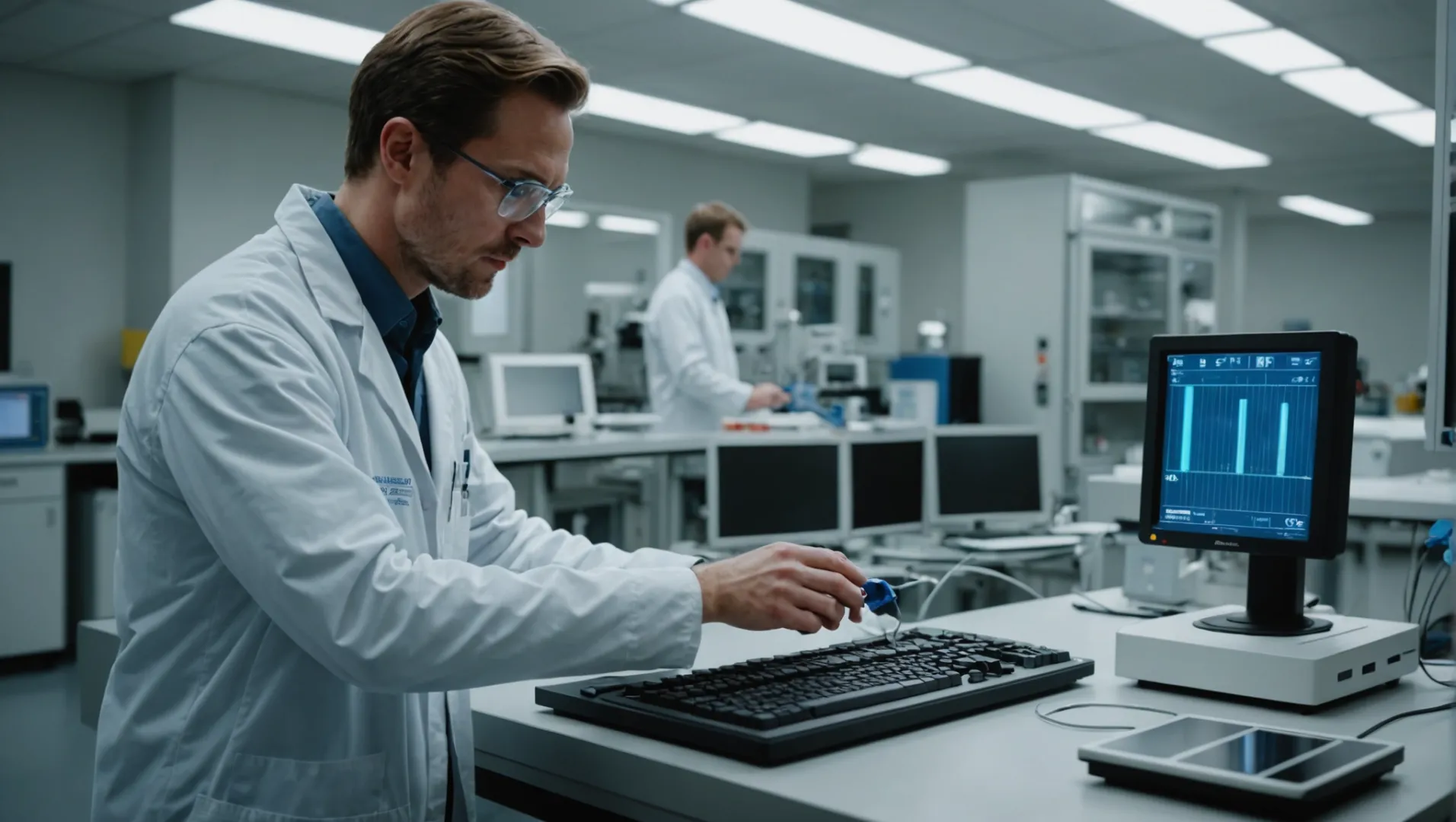
The Role of Performance Testing in Product Success
In the competitive world of product development, especially for air purifiers, ensuring your product meets expected performance standards is non-negotiable. Performance testing serves as a critical step to verify that the product operates under expected conditions without failure. This is particularly important for air purifiers, which need to maintain high efficiency in filtering air pollutants.
Preventing Costly Failures
Identifying potential issues early in the development phase can save significant costs. For instance, if a performance flaw is discovered during the later stages9 of production or after market release, it can lead to expensive recalls or reputational damage. Early testing allows developers to tweak designs or materials to rectify issues without disrupting the production schedule.
Enhancing Product Reliability
Reliability is a key selling point for consumers who expect their air purifiers to function seamlessly. Performance testing helps ensure that products can withstand various operational conditions over time. This involves running extensive tests that simulate real-world usage scenarios to check durability and efficiency.
Streamlining the ODM Process
For those involved in OEM/ODM processes, performance testing is integral to maintaining effective communication with partners. It provides clear data and insights that help in aligning expectations and ensuring that all parties are working towards a common goal. By sharing test results early, stakeholders can collaborate more effectively on any necessary adjustments.
Best Practices for Early Performance Testing
- Set Clear Objectives: Determine what specific aspects of performance are most critical for your product.
- Invest in Quality Equipment: Utilize advanced testing tools to obtain precise data.
- Engage Experts: Collaborate with experienced engineers and technicians to conduct thorough evaluations.
- Conduct Regular Reviews: Schedule periodic assessments throughout the development phase to track progress and make timely modifications.
Incorporating these practices into your development strategy not only enhances the likelihood of a successful launch but also builds trust with consumers who depend on reliable and efficient air purification solutions.
Early performance testing reduces production costs.True
Identifying issues early prevents costly recalls and redesigns.
Performance testing is unnecessary for air purifiers.False
Testing ensures air purifiers maintain efficiency and reliability.
Conclusion
Careful planning and strategic partnerships are key to successful air purifier production. Leverage expert insights to boost efficiency and innovation. Start today to stay competitive.
-
Learn about how OEM ensures product design control.: An original equipment manufacturer (OEM) provides components for another company's product and works closely with the seller of the finished product. ↩
-
Explore how ODM offers design and manufacturing solutions.: The ODM partner then designs and develops the product, considering all essential client needs and preferences. ↩
-
Discover factors to consider when selecting OEM or ODM.: OEM stands for Original Equipment Manufacturer, and ODM stands for Original Design Manufacturer. Here's what the two terms mean. ↩
-
Understand compliance standards to ensure product meets industry regulations.: All air cleaner models marketed or sold in California after October 18, 2010 had to be tested and certified as required by the regulation. This included air ... ↩
-
Learn methods to optimize your manufacturing processes for better efficiency.: To boost a manufacturing plant's efficiency, it is essential to focus on streamlining workflows, utilizing cutting-edge technology, and reducing waste. ↩
-
Learn why choosing the right type of manufacturer matters.: OEM stands for Original Equipment Manufacturer, and ODM stands for Original Design Manufacturer. Here's what the two terms mean. ↩
-
Understand how OEM processes can affect production speed.: OEMs and their contract manufacturers (CMs) need to follow eight stages to design and manufacture a product that's competitive, no matter their ... ↩
-
Discover tools that streamline project management in manufacturing.: 10 Best Manufacturing Project Management Software Shortlist · 1. MRPeasy — Best for small manufacturers' MRP needs' · 2. Zoho Projects — Best ... ↩
-
Understand how early testing minimizes risks and enhances product reliability.: A better understanding of the system's behaviour, coupled with faster identification of the pain points, allows us to more quickly provide an accurate forecast ... ↩




